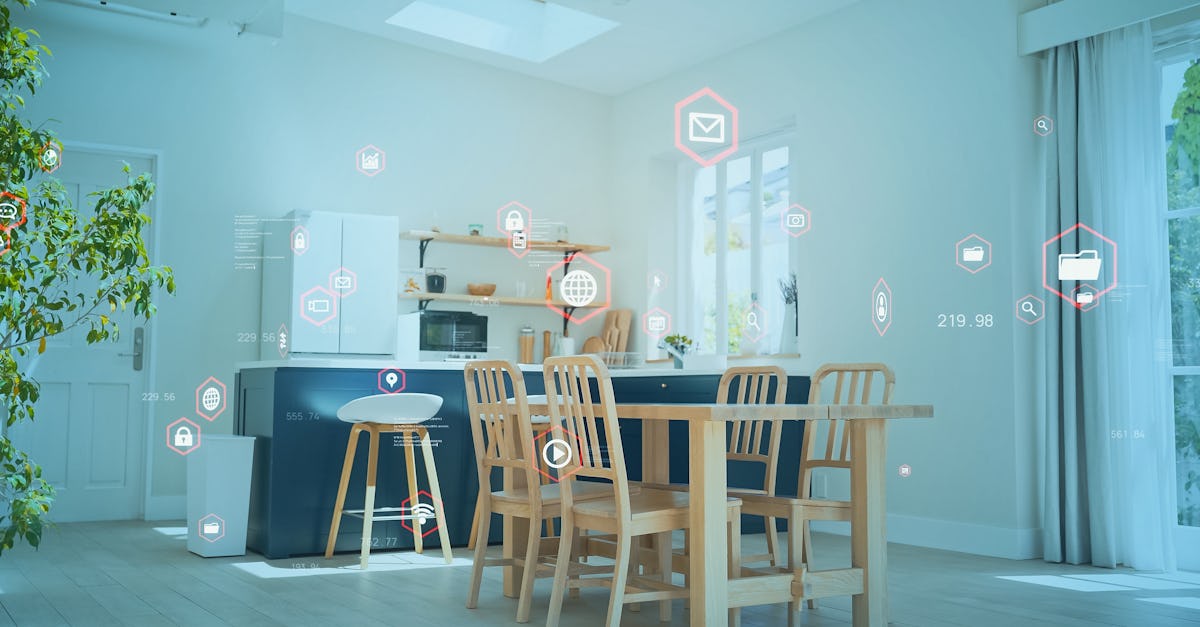Smart Buildings: Another Frontier for the Digital Revolution
 Smart Buildings: Another Frontier for the Digital Revolution | Printed Electronics WorldIDTechEx Talk Smart Buildings: Another Frontier for the Digital Revolution
Smart Buildings: Another Frontier for the Digital Revolution | Printed Electronics WorldIDTechEx Talk Smart Buildings: Another Frontier for the Digital Revolution
Take a look around your room. It is likely full of sophisticated digital technology: computers, smartphones, an internet-enabled TV, and even a smart speaker. However, the building itself has not really changed since the introduction of electrical wiring and central heating many decades ago.
Smart buildings aim to bring digital technologies into the fabric of the building, rather than just to objects within it. They will utilize a wide range of emerging technologies, such as semi-transparent photovoltaics on windows, moisture sensors for leak detection, and printed heaters with wall panels.
Combined with changes to building construction, such as greater use of prefabricated panels with integrated electronic functionality, incorporating technologies such as these promises smart buildings that facilitate predictive maintenance, are more energy-efficient, and are responsive to the needs of occupants.
Digital leak detection
Anyone that has had a water leak at home knows that it is extremely annoying and expensive, with walls, ceilings, and flooring all needing replacement. Furthermore, the affected area is out of action while everything is dried using extremely noisy fans and dehumidifiers. Clearly, a technology that reduces the likelihood and severity of leaks would bring clear benefits to home and business owners, along with insurance companies.
Printed moisture sensors are a promising potential solution, which if integrated into walls and floors would be able to detect leaks at a very early stage and alert the owner of the building. One such approach, targeted primarily at bathrooms, has been developed by the Swedish company InviSense. A printed RFID antenna coil is coated with a moisture-absorbing material. The resonant frequency changes in response to moisture, which can then be detected by an RFID reader. While testing of leaks behind tiling can be performed non-destructively, it does not provide continuous feedback.
An alternative approach to leak detection is being developed by UK company Laiier. It offers low-cost capacitive sensors, which are made from carbon-based inks and can be produced using conventional graphics printers. The thin-film sensor format enables them to be placed underneath appliances such as dishwashers, washing machines, boilers, and pipes, or even under flooring or within walls. The sensors are connected to the cloud, and hence able to provide the property owner with an alert when an increase in moisture is detected, enabling repairs to be performed before a leak becomes significant.
Integrated heating, lighting, and wiring
Housebuilding techniques have not changed substantially in many years, with most houses still being constructed on-site using conventional building materials. Plumbing and electricity are installed during the construction process, requiring skilled manual labor during every build. While most cars have been produced on a production line with extensive automation for many years, houses are still essentially handcrafted.
https://www.civilengineering.ai/smart-buildings-another-frontier-for-the-digital-revolution/

Post a Comment